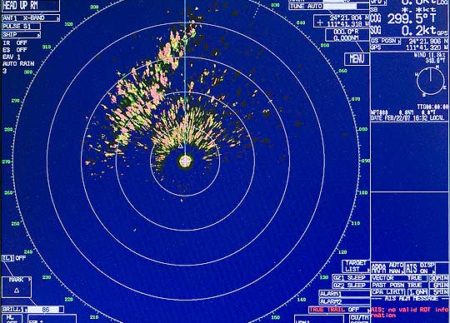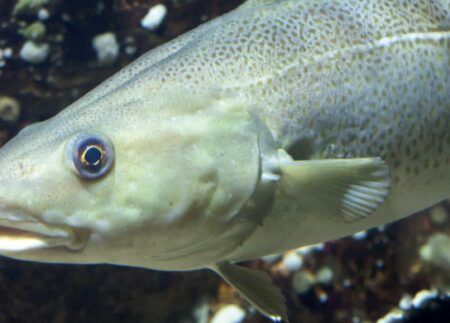KEY QUESTIONS
- How do we improve our understanding of selected transfer functions in the PCAD model to determine biological significance of behavioural response to sound exposure?
- What are the qualitative transfer functions between change in vital rate statistics and impact to fitness? Improved Transfer Functions give the PCAD model some predictive capability. However, at the outset, data existed to improve only one of the model’s four transfer functions (number 4, Vital Rates to Population Effects). Two projects were funded relative to the other three (number 1, Sound to Behaviour Change, number 2, Behaviour Change to Life Function, and number 3, Life Function to Vital Rates).
SUMMARY
Project 1 (Duke and Murdock Universities) reviewed the literature available for giving transfer functions numerical values. Project 2 (University of California Santa Cruz) was a field study to collect new behavioural and physiological data aimed at improving some transfer functions. Specifically, the latter project collected data to compare northern elephant seals and Antarctic fur seals, species that have different maternal strategies, in terms of 1) how their foraging behaviour varied with the environment, and 2) how animal tracking could reveal their differences in habitat use.
Project 1 suggested adding a transfer function that relates sound and physiological effects such as heart rate and blood pressure. Project 2 showed that small changes in foraging efficiency, such as those caused by noise exposure, may greatly affect body weight gain. Females with drag-inducing devices had increased metabolic rates (from added swimming effort), and increased cortisol levels. Females with lower energy gain over a foraging trip also had increased cortisol levels. The Antarctic fur seal data were not usable because predation on fur seal pups by leopard seals overrode all other factors that drive population changes.
Objectives and methods
Project 1
Identify literature that report on links between the five levels of variables outlined in the PCAD model;
- Identify literature that report on links between the five levels of variables outlined in the PCAD model;
- Identify links between variables that are well documented;
- Identify links between variable that are not well studied;
- Identify literature studies that can be used to produce quantitative links between levels;
- Develop a strategy to include a broader taxonomic range into the PCAD model;
- Apply results to assist in transforming the conceptual PCAD framework into a predictive model that would be more useful for marine mammal management.
Project 2
- Create Bayesian models to estimate survival and reproductive rates for two species with different breeding strategies: capital breeders (fasting females that provide high levels of nutrients to their offspring in a short period of time, e.g. northern elephant seals) and income breeders (females that continue to forage while lactating, e.g. Antarctic fur seals).
- Investigate potential fluctuations in those demographic rates in response to environmental variability and human manipulation.
- Contribute to literature that addresses whether or not the transfer functions described in the PCAD model exist and whether and how they can be used to define biological
Importance
Project 1 provided a comprehensive review of the literature pertaining to the PCAD model as it relates to noise as a stressor for mammals, birds, reptiles and fish. It was found that a significant amount of literature exists that can be used to describe transfer functions, though very little of this literature involved studies of marine mammals. The synthesis of research reports that either directly or by way of other taxa will inform and promote the process of turning the conceptual PCAD model into a predictive one useful for scientifically based management of marine mammals and their exposure to noise. The work strongly advocates for the inclusion of non-behavioural responses (e.g. physiological responses such as hormone level or stress responses) into the PCAD framework.
Project 2 created a conceptual bioenergetics based model and Bayesian demographic (population model) for both elephant seals and Antarctic fur seals. The first generation models were used to examine the linkage between foraging behavior and reproductive success and survival. This model assumes a disturbance results in a reduction in foraging effort that is then modeled to determine if and how much that reduction in foraging changes female condition. A change in female body condition was then related to pup mass at weaning and subsequent pup survival. Such information can then be used to predict the potential of a given disturbance to cause a population-level change.
Links to other research
See the ONR website for reports of the ONR panel on the improved PCoD models.
Institutions/PIs
- Project 1: Duke University (Douglas Nowacek) and Murdock University, Australia (Lars Bejder)
- Project 2: University of California, Santa Cruz (Dan Costa)






